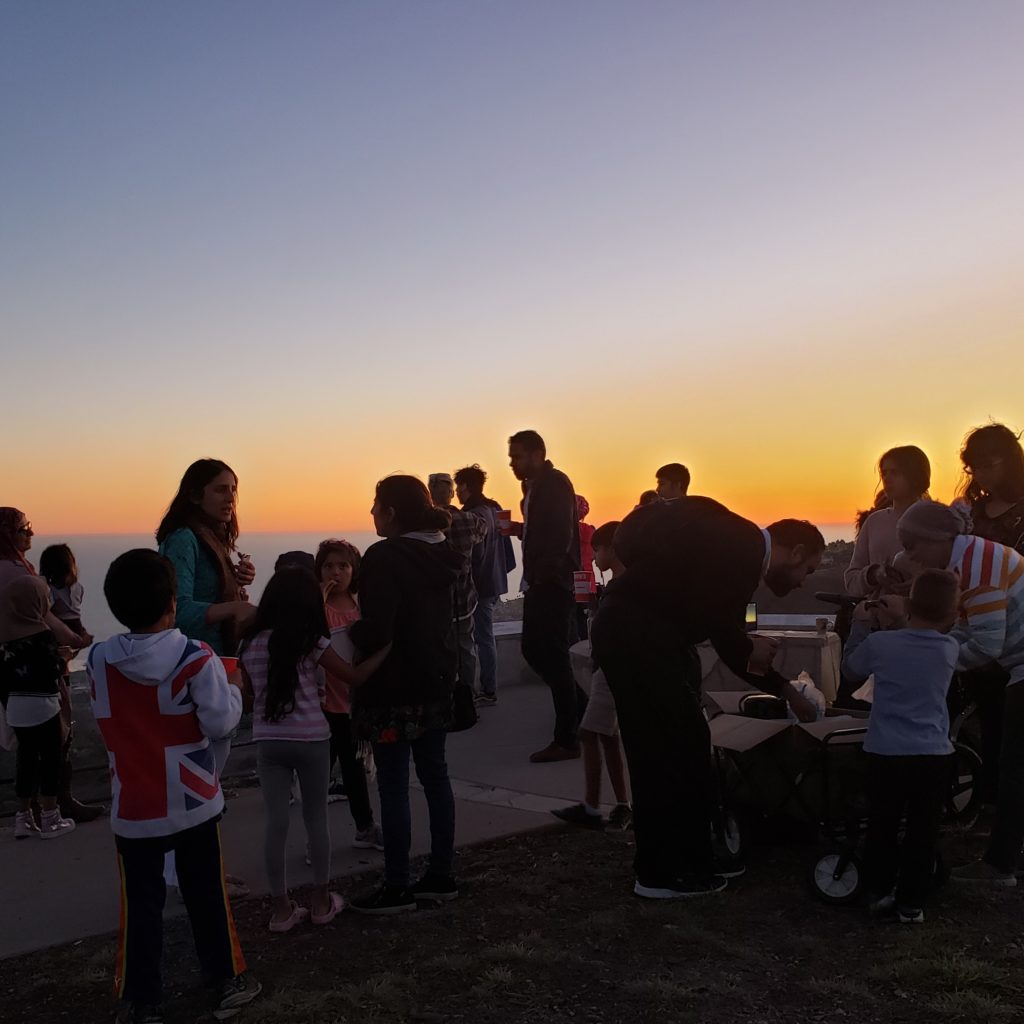
Most of us organize our lives around the solar or Gregorian calendar (notable exceptions being Iran and Afghanistan which use the astronomically elegant solar Hijri calendar with the vernal equinox identified as the start of each year).
Despite being rooted in Catholic orthodoxy, the wholesale adoption of the Gregorian calendar is likely connected to the manner in which the months are brought by it into approximate alignment with the seasons. It is a calendar that facilitates the planting and harvesting of crops. It is the calendar, therefore of commerce. It is a markedly terrestrial calendar.
The lunar calendar is a different matter. In tracking the phases of the moon, the lunar calendar challenges us to lift our gaze from the affairs of the world and into the heavens. It is a calendar that allows us to appreciate the rhythms of the universe and to better contextualize our affairs against the vast schema of creation. It is a very celestial calendar.
The words for “month” and “moon” are linguistically connected in cultures across the world, suggesting a widespread appreciation of the lunar cycle. Anyone can look up at the “moon” and understand where we are in the “month.” There’s a built in egalitarianism in the lunar calendar. Its adoption does not require the perplexing calculations of astronomers reconciling their numbers against theological biases. You can just look up.
And that’s what we did a couple of nights ago. In partnership with RamadanReady, we invited the community to join us to sight the new moon of Dhu’l Hijja, the twelfth and final month of the Islamic lunar year. This is the month of the Hajj, or the pilgrimage. Those blessed to do so will make their way to the holy city of Mecca where they will participate in a number of rites honoring the legacy of the prophet Abraham, may God give him peace.
We gathered at Del Cerro Park, a gorgeous lookout perched on the bluffs of Rancho Palos Verdes in southern California. Conditions were absolutely perfect, praise God, with clear skies and virtually no marine layer, a miracle for this area. And we saw the moon.

A dear friend was at different location and he snapped the above picture through his telescope. What is harder to capture is the profound and mysterious beauty of that faint and fleeting crescent against the shifting hues of the sunset. One cannot adequately describe the blending of violets, blues, whites, yellows, and the deepening shades of orange that bring so much character and romance to the scene. Any sunset is worth watching, but hunting for the new moon in those ribbons of changing light is like mining for the sky’s most precious jewel.
After sunset, we prayed and sat beneath the darkening skies to watch the stars and to share the stories that ancient people told about them. A memorable night, indeed.
Dust and Tribe wants to put each of us into relationship with creation. We fall all too easily into the trap of regarding the natural world as mere scenery, the backdrop against which we play out our affairs.
What if we took the natural world as instructive? What if we chose to read something into the patterns and motions and activities of created things? What if we chose to learn from the sky, the moon, the oceans, and trees?
How would our respect for and stewardship of the natural world change if we came to embrace the reality of creation as being essentially the tablet of the Creator, the means through which God communicates to us?
It’s worth thinking about.
What is something that we might learn from the shifting phases of the moon?